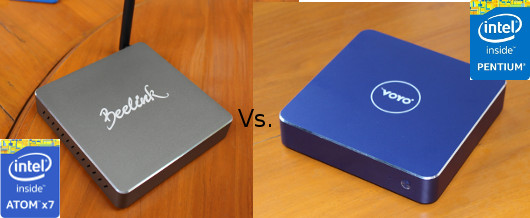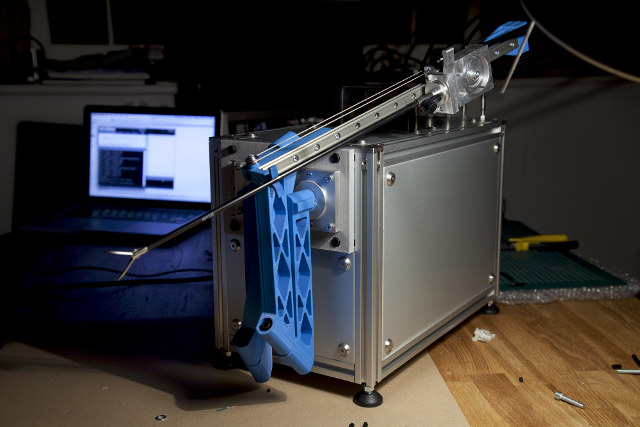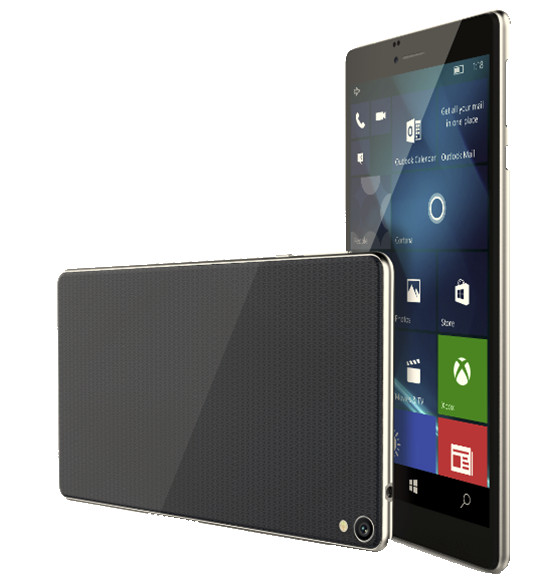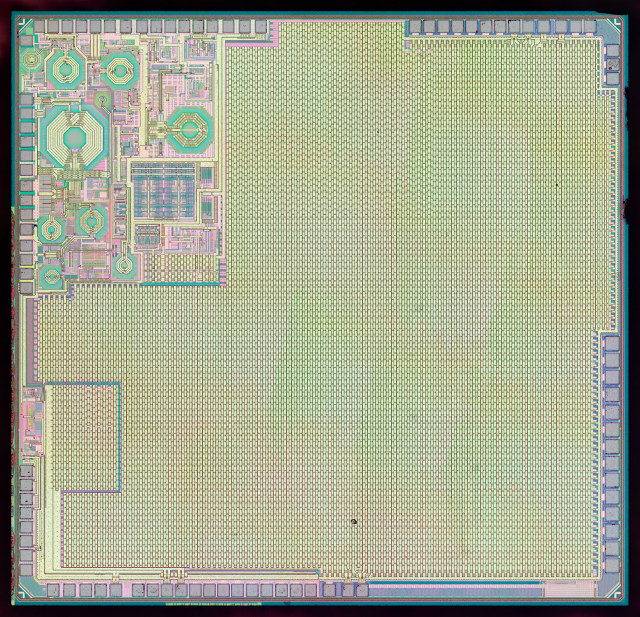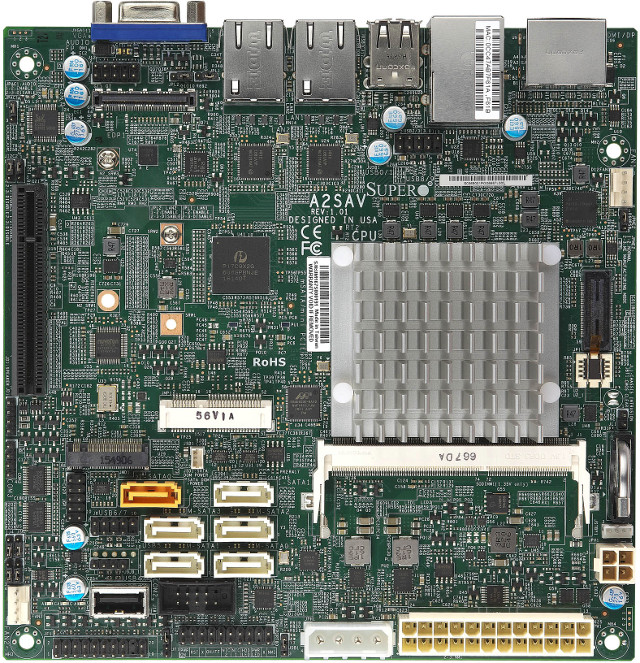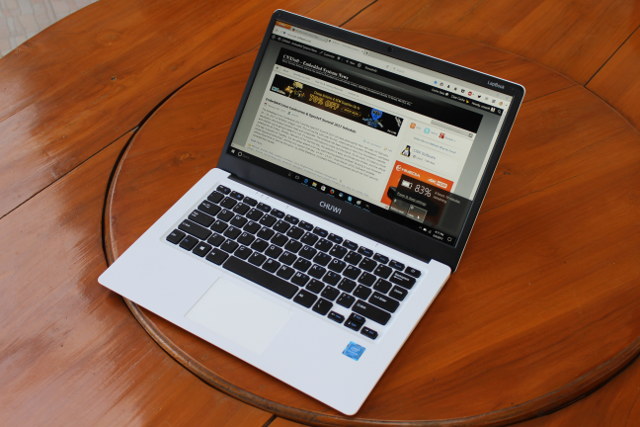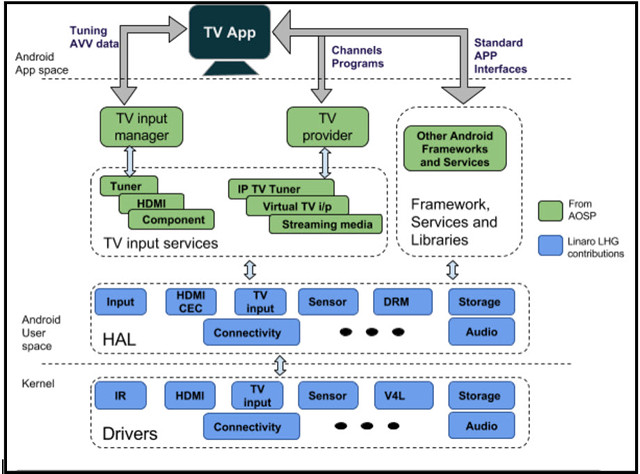Mini PCs based on Intel Apollo Lake processors have started selling, and they supposed to be upgrades to Braswell and Cherry Trail processor. I’ve recently had the chance to review Voyo VMac Mini mini PC powered by Intel Pentium N4200 quad core processor, that’s the fastest model of the Apollo Lake N series, and of course I ran some benchmarks, so I thought it would be interesting compare the results I got with an Atom x7-Z8700 “Cherry Trail” mini PC, namely Beelink BT7 which I reviewed last year. Both machines are actively cooled with a small fan, and storage performance is similar, albeit with a slight edge for the Apollo Lake SSD. A ratio greater than one (green) means the Apollo Lake processor is faster, and if it is lower than one (red) the Cherry Trail processor win. Benchmark Beelink BT7 Intel Atom x7-Z8700 @ 1.6 / 2.4 GHz (2W […]
Open Surgery Initiative Aims to Build DIY Surgical Robots
Medical equipments can be really expensive because of the R&D involved and resulting patents, low manufacturing volume, government regulations, and so on. Developed countries can normally afford those higher costs, but for many it may just be prohibitively expensive. The Open Surgery initiative aims to mitigate the costs by “investigating whether building DIY surgical robots, outside the scope of healthcare regulations, could plausibly provide an accessible alternative to the costly professional healthcare services worldwide”. The project is composed of member from the medical, software, hardware, and 3D printing communities, is not intended for (commercial) application, and currently serves only academic purposes. Commercial surgical robots can cost up to $2,000,000, but brings benefits like smaller incisions, reduced risks of complications and readmissions, and shorter hospital stays thanks to a faster recovery process. There have already been several attempts within the robotics community to come up with cheaper and more portable surgical […]
Emdoor EM-QL8170 is One of the First LTE Tablets Designed Thanks to Allwinner & Qualcomm Partnership
Allwinner and Qualcomm announced a partnership last year to help Chinese manufacturers design entry-level LTE tablets based on Qualcomm Snapdragon processors, and Allwinner collaborated with Emdoor one several designs including EM-QL8170 LTE tablet with a Snapdragon 210 processor and a 6.98″ display. Emdoor EM-QL8170 specifications: SoC – Qualcomm Snapdragon 210 (MSM8909) quad core Cortex A7 processor up to 1.3 GHz with Adreno 304 GPU @ 400 MHz System Memory – 1 or 2 GB DDR3L Storage – 8 or 16 GB flash + micro SD slot Display – 6.98″ IPS touchscreen display with 1280×720 resolution Connectivity – 802.11 b/g/n WiFi, Bluetooth 4.1 LE, and GPS Cellular Connectivity – LTE Cat 4 with 2x micro SIM card slots Camera – 2.0MP front-facing camera, 8.0MP rear camera Audio – 1x microphone, 1x 3.5mm audio jack, likely some speaker somewhere… USB – 1x micro USB port Battery – 2850 mAh battery Dimensions – 189.7 […]
Oh Look… Espressif ESP32 Die-shot! That’s Pretty!
Espressif ESP32 was launched last year as a faster and upgraded version of ESP8266, with a dual core processor, 802.11 b/g/n WiFi and Bluetooth 4.0 LE. Boards based on the processor are still priced much higher than the ones based on ESP8266 ( although we’re only talking about $20 here), and shops have trouble keeping stocks, so either there’s a huge demand, there’s some manufacturing bottleneck, or maybe Espressif wants to take it slow at the beginning in case some hard to find bugs are found in the Silicon. Nevertheless, the guys at Zeptobar got hold of some ESP32 modules, and took some pretty die-shots. The die size is 2960×2850 µm. The prettiest part is clearly the RF section zoomed in below. If you wonder how it compares to ESP8266 die-shot, Zeptobar has you covered. Jean-Luc Aufranc (CNXSoft)Jean-Luc started CNX Software in 2010 as a part-time endeavor, before quitting his […]
Supermicro A2SAV mini-ITX Board Powered by Intel Atom E3940 SoC Features 6 SATA Ports, Dual GbE, and Up to 9 USB Interfaces
Intel introduced three Atom E3900 series Apollo Lake processors last fall that target IoT, industrial and automotive applications, and Supermicro has designed A2SAV mini-ITX board powered by Atom x5-E3940 SoC that comes with lots of interfaces include 6 SATA ports, two Gigabit Ethernet RJ45 ports, and up to 9 USB interfaces accessible from connectors or headers. Supermicro A2SAV motherboard specifications: SoC – Intel Atom x5-E3940 quad core “Apollo Lake” processor @ 1.6 / 1.8 GHz with 2MB L2 cache, 12 EU Intel HD graphics (6.5W TDP) System Memory – 1x 204-pin DDR3 SO-DIMM socket for 2, 4, or 8GB 1866/1600/1333MHz Unbuffered non-ECC 204-pin SO-DIMM DDR3 Storage 6x SATA3 ports include 2x from SoC, and 4x via Marvel 88SE9230 controller 1x SATA DOM (Disk on Module) power connector 64Mb SPI Flash EEPROM with AMI UEFI BIOS supporting Plug and Play (PnP), DMI 2.3, ACPI 5.0, USB Keyboard, SMBIOS 2.7.1, and UEFI mSATA […]
CHUWI LapBook 14.1 Apollo Lake Laptop Review – Part 2: Windows 10 Benchmarks, User Experience, and Battery Life
CHUWI LapBook 14.1 is the one of the first Apollo Lake laptop on the market. It features a 14.1″ IPS display, a Celeron N3450 quad core processor, 4GB RAM and 64 GB storage. The company has sent me a sample for review, and I had already check out the hardware in “CHUWI LapBook 14.1 Apollo Lake Laptop Review – Part 1: Unboxing & (Partial) Teardown“, so since then I’ve played with it including checking emails & news, writing a blog post on CNX Software, and watching some YouTube videos, as well as running benchmarks and estimating battery life, so I’ll report about my experience with the laptop in the second part of the review. CHUWI LapBook 14.1 System Information LapBook 14.1 runs an activated version of Windows 10 Home 64-bit on an Intel Celeron 3450 “Apollo Lake” quad core processor @ 1.1 GHz / 2.2 GHz with 4 GB RAM […]
Embedded Linux Conference & OpenIoT Summit 2017 Schedule
The Embedded Linux Conference 2017 and the OpenIoT Summit 2017 will take place earlier than last year, on February 20 – 23, 2017 in Portland, Oregon, USA. This will be the 12th year for ELC, where kernel & system developers, userspace developers, and product vendors meet and collaborate. The schedule has been posted on the Linux Foundation website, and whether you’re going to attend or not, it’s always informative to check out the topics. So as usual, I’ll make a virtual schedule for all 5 days. Monday, February 20 For the first day, the selection is easy, as choices are limited, and the official first day it actually on Tuesday. You can either attend a full-day paid training sessions entitled “Building A Low Powered Smart Appliance Workshop“, and the only session that day: 14:30 – 15:20 – Over-the-air (OTA) Software Updates without Downtime or Service Disruption, by Alfred Bratterud, IncludeOS […]
Linaro Home Group Releases “AOSP” Android TV for Hikey Board
The Linaro Home Group (LHG) was setup to work on “open source software for ARM-based set top boxes, smart TVs, media boxes, TV dongles and home gateway products”, and after having worked on OP-TEE (Open Portable Trusted Environment Execution) firmware as one of their first endeavors, they’ve now ported Android Open Source Project (AOSP) Android TV to 96Boards compliant Hikey board. Android TV is based on Android, but adds the TV Input Framework and the Lean Back APIs with the user interface designed for larger displays. LHG has not changed the apps and higher level software from AOSP, but they’ve made sure it could work on Hikey board by working on the Linux drivers and Android user space stack to make sure the Live TV App and Android TV Channel Service implemented in AOSP can work properly on the hardware. If you want to try it on your own Hikey […]


